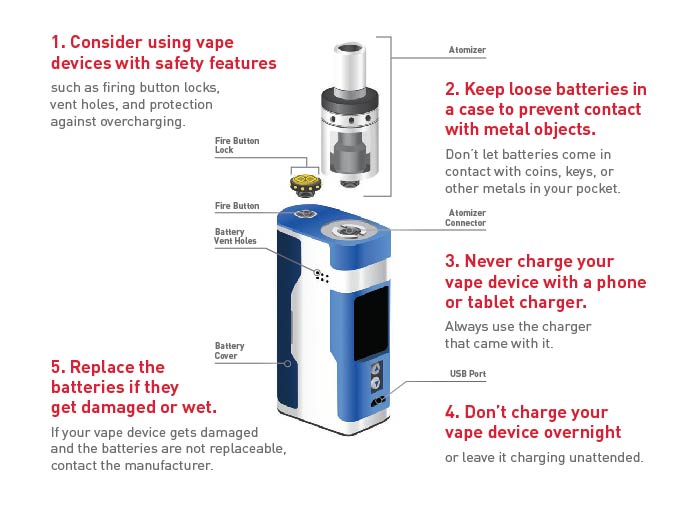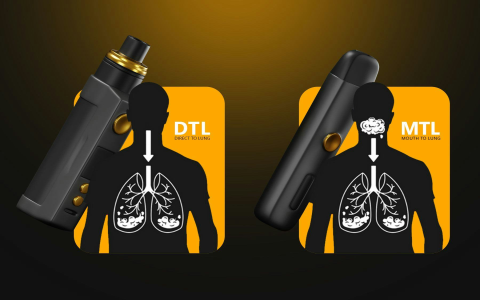The 510-T electronic cigarette is a threaded battery device popular in vaping, but its safety is not absolute. Like all vape products, it poses risks including nicotine addiction, chemical exposure, and potential battery hazards if misused. While vaping is generally considered safer than smoking traditional cigarettes, it carries health concerns, particularly for youth and non-users.
Is the 510-T Safe?
No electronic cigarette, including the 510-T model, is fully safe. Key risks include:

- Nicotine Dependence: Can lead to addiction and affect brain development in adolescents.
- Battery Issues: Poorly maintained batteries may overheat, leak, or explode, causing injuries.
- Chemical Exposure: Vape aerosols may contain harmful substances like heavy metals or volatile organic compounds.
- Product Quality: Counterfeit or modified devices often lack safety certifications, increasing risks.
Important Vaping Safety Tips
To minimize risks when using a 510-T or any vape device, follow these essential guidelines:
- Use Genuine Products: Purchase devices and e-liquids from reputable brands with proper certifications to avoid contaminants.
- Charge Safely: Never leave batteries charging unattended, and avoid overcharging; use manufacturer-approved chargers only.
- Maintain Device Integrity: Do not modify parts like coils or batteries; regular inspections can prevent malfunctions.
- Store Properly: Keep batteries away from extreme heat, moisture, or metal objects to reduce fire hazards.
- Monitor Usage: Limit nicotine intake to avoid dependence, and never vape around children or non-consenting individuals.
Always prioritize harm reduction by choosing lower-nicotine options and consulting health professionals for personalized advice.










